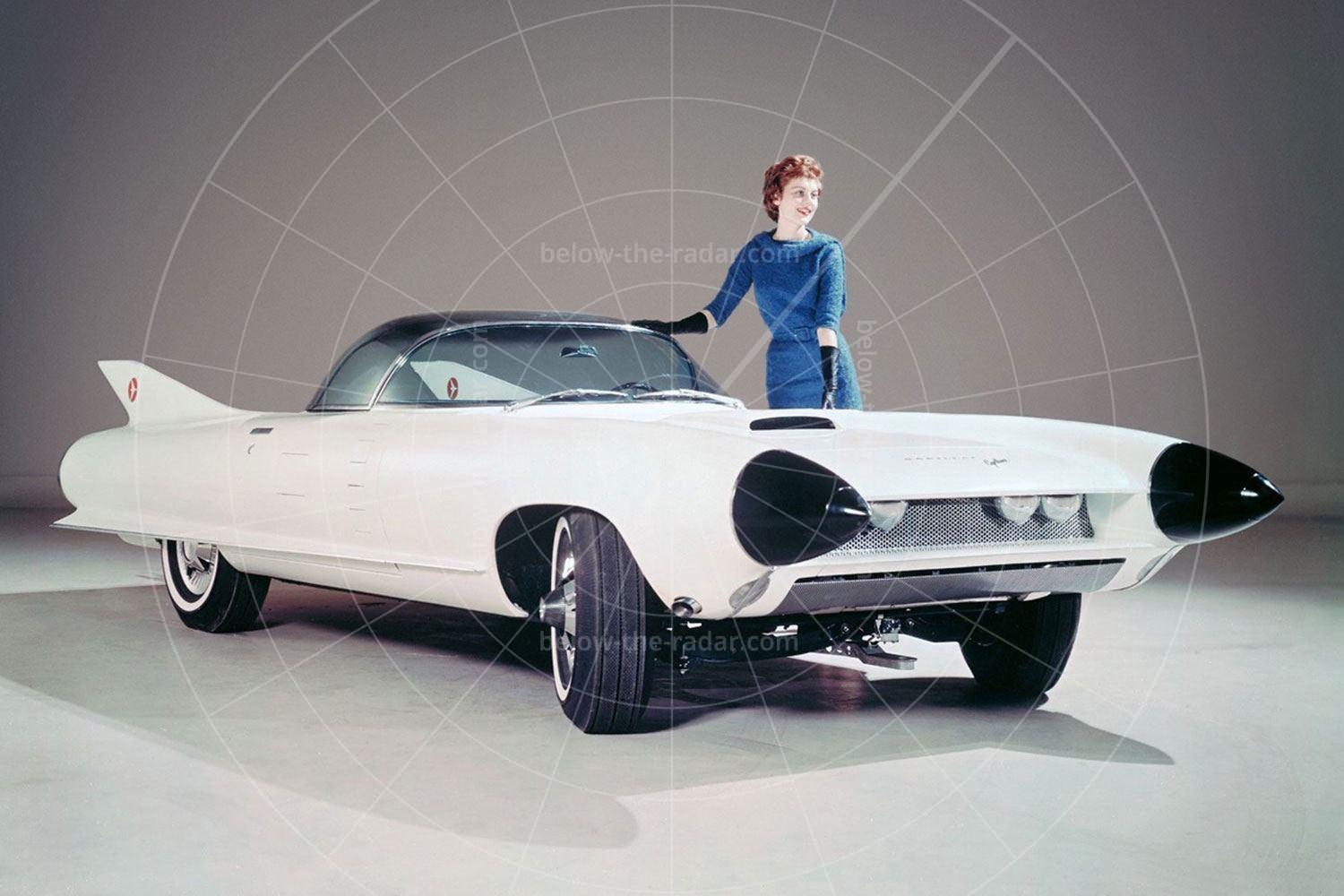Sir Stirling Moss was a remarkable man. The racing knight was arguably the finest driver of his generation, and the prototype for the professional wheelman in the accepted sense. He earned his living solely from motor sport. Unlike his contemporaries, he didn’t have an alternative revenue stream. As such, Moss pimped his image wholesale and cashed in on his fame, his face appearing in advertisements for everything from woodbines to vacuum cleaners while he was in his pomp. And then his driving career came to a sudden and violent halt after he crashed out of the Glover Trophy race at Goodwood on 24 April 1962.
Moss was 32 years old. That he survived was nothing short of miraculous, but racing had been his entire life. Now he was obliged to figure out what to do next. He had fame but not a livelihood. Poultry farmer, racing team entrant and Ogle Design principal John Ogier rode to the rescue. “They were good friends,” the firm’s former MD Tom Karen recalled in 2022. “He suggested to Moss that he should sell himself as a designer. He wasn’t one, of course, but he was placed behind a desk, photos were taken for publicity purposes, and then we did the Ogle Cortina which was called The Stirling Moss Dream Car. He became a company director, but beyond that I am not sure what the relationship was.”
Ogle co-opted coachbuilder Harold Radford into realising their collective vision, the donor Cortina GT featuring a new steel lid that incorporated a pull-back Webasto sunroof, while there was a heated rear screen specially made by Triplex. Up front, a new egg-crate grille incorporated recessed fog and spotlights, and then there was the interior. Moss was famously a gadget freak, the bespoke interior stretching to a Minifon cassette-loaded tape recorder built into the console sited between the front seats. There was also a small TV for rear-ferried passengers. Mechanically, the car’s 1498cc four-cylinder unit remained standard, but the suspension was lowered. Wider wheels were shod with Dunlop SP rubber.
The car was displayed on the Harold Radford (Coachbuilders) Ltd stand at the 1963 British International Motor Show. And while it may have been conceived as a one-off PR generator, a new business model had clearly been arrived at by the time of its big reveal. ‘Ogle GT Replica’ brochures promised the world, Moss himself having apparently overseen every last detail. It was reasonably well-received, too. Even Road & Track eschewed its customary barbs (for the most part), Henry N. Manney III commenting: ‘In justice to Stirling, I might state that his ideas seem to have been mostly on the inside… Orders were being taken thick and fast, and I am sure that someday it will be featured in Playboy as the ideal car for lifetime subscription holders.’
The thing is, Manney’s allusion to orders being taken may have been wide of the mark. According to some sources, only one car was made. The prototype seen at Earls Court survives, although last we heard it wasn’t in great shape. However, a second car surfaced a while back in Singapore. How it got there is anyone’s guess. What’s more, it features Lotus twin-cam power. As for the man himself, Sir Stirling took to labelling his brainchild The Wet Dream Car in later years.













